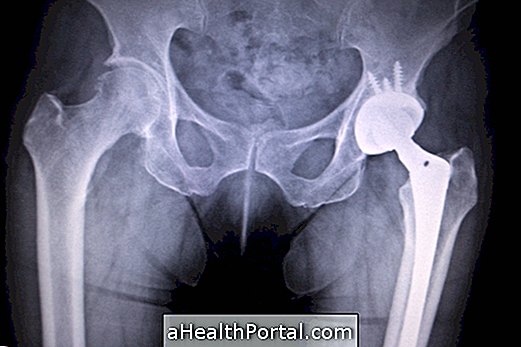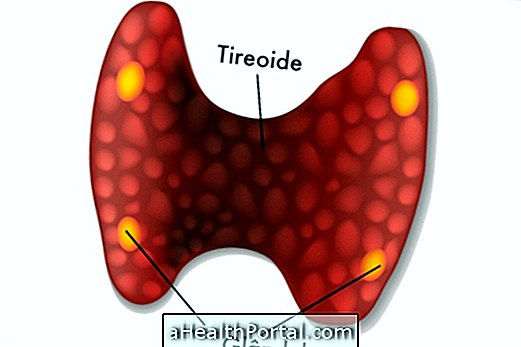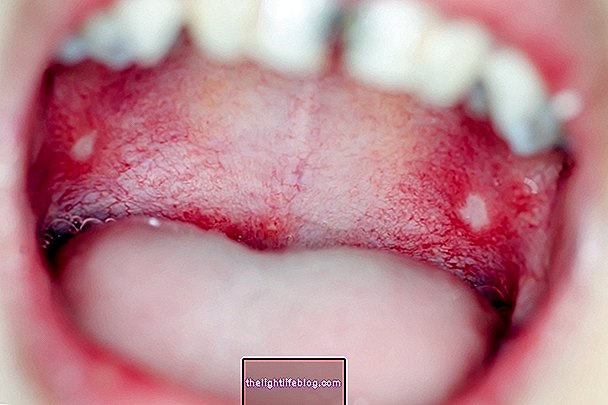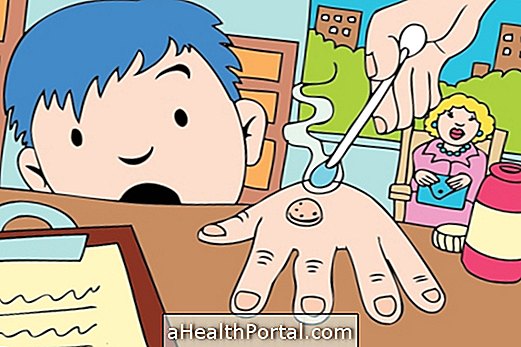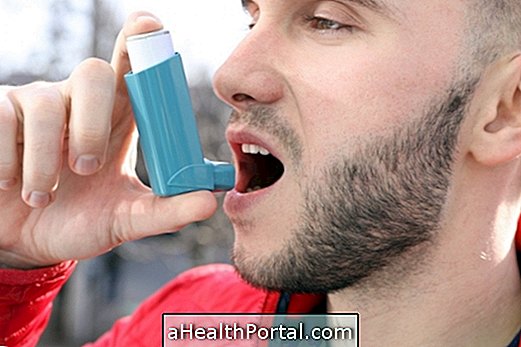Laryngitis is an inflammation in the larynx whose main symptom is hoarseness of variable intensity. It can be acute when it is caused by a viral infection like a common or chronic cold caused by excessive use of voice, severe infections, allergic reactions and inhalation of irritants such as cigarette smoke. The main types of laryngitis are:
- Acute laryngitis: usually is related to a viral respiratory infection and lasts up to 7 days. But it can also be related to diseases such as diphtheria, whooping cough, measles, rubella and chicken pox. To identify the disease, the otolaryngologist can examine the throat and larynx of the subject with a laryngoscope and may request blood tests if they suspect any other disease.
- Chronic laryngitis is the one that lasts for weeks and is closely linked to cigarette smoking and excessive consumption of alcoholic beverages, but it can also be caused by gastroesophageal reflux, sarcoidosis, polychondritis, autoimmune diseases and laryngeal cancer, and it is therefore necessary to investigate their cause to initiate appropriate treatment.
- Reflux laryngitis: it is an inflammation of the larynx caused by constant reflux, ie the rise in gastric contents by the larynx, which is very common in infants and in bedridden individuals. In this case, the treatment should be directed to facilitate digestion as a way of preventing reflux. Some care such as not lying down after eating and having the head of the bed higher than the part of the feet.

Symptoms of laryngitis
The symptoms of laryngitis are:
- Cough;
- Hoarseness;
- Sore throat;
- Pain when swallowing;
- Pain when speaking.
- These pains can also occur at the bottom of the guarantee and therefore the individual may be a pain sensation inside the ear;
- Difficulty in breathing;
- Loss of voice, voice failing;
- There may be a fever.
The symptoms of childhood laryngitis are similar to the symptoms of viral laryngitis, although in children the greatest sign of inflammation of the larynx is the presence of a dry, cough-like cough of a dog, usually at night. Hoarseness and fever are also very common in children with laryngitis.
To identify the symptoms of laryngitis, the doctor should observe the signs and symptoms of the disease and evaluate the throat and larynx through a small device called a laryngoscope or with the use of a small mirror in the throat region, so that it is possible to observe the inflammation of this area.
However, when treating chronic laryngitis, the doctor may order other tests to identify the micro-organism that causes the disease for better treatment. Tests that may also be used to diagnose laryngitis may include sputum examination, radiography, and thyroid examination.
Treatment for laryngitis
Treatment for laryngitis depends on symptoms, but rest of voice and inhalation of heated vapor relieve discomfort and help heal inflamed areas. The main strategy used in the treatment of laryngitis is the inhalation of humidified air, such as the inhalation of eucalyptus tea vapor, which enables the patient to improve within a few days.
Usually the doctor indicates corticosteroid medications in the form of a spray, and the administration of oral antibiotics is advised when the infection is caused by bacteria. Patients with laryngitis should drink plenty of fluids, stay at rest, not force their voice, avoid inhaling smoke or dust and lessen their activities, avoiding exertion.
Laryngitis may also be allergic and in this case it should be treated with the intake of antihistamines and with simple care, such as avoiding contact with substances that cause allergy in the individual.




